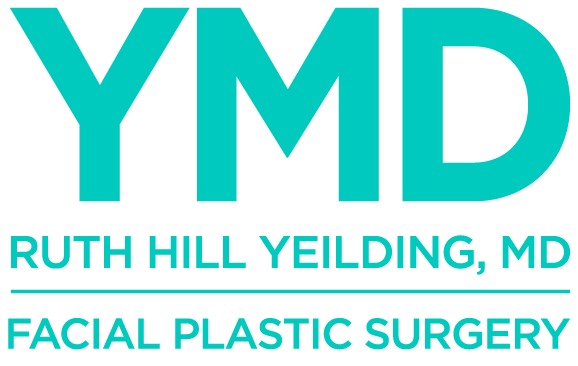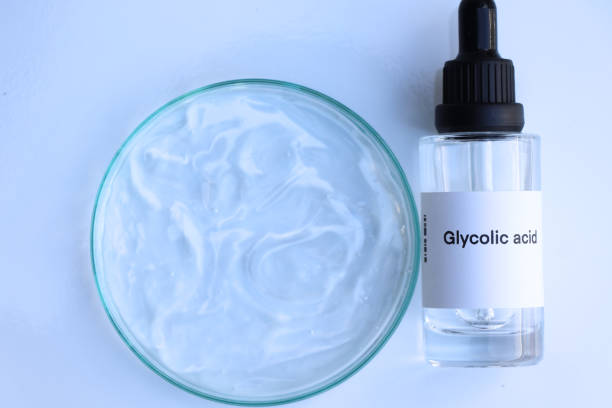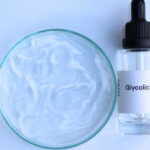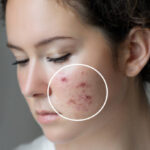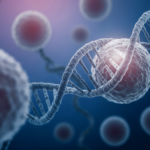If you’ve ever looked in the mirror and wished for smoother, brighter, fresher skin—without piling on filters—there’s one skin treatment that keeps popping up in beauty clinics and skincare blogs: the glycolic acid chemical peel. But what is it really? Does it burn? Is it only for people with acne scars or pigmentation issues? Or is it something you can do for general skin maintenance?
Let’s break it down in simple, honest terms. No fluff, no scary jargon. Just the real talk about glycolic acid peels—what they are, how they work, and why your skin might just thank you for giving it a go.
What Is a Glycolic Acid Chemical Peel?
A glycolic acid peel is a type of alpha-hydroxy acid (AHA) chemical exfoliant that works by loosening the bonds between dead skin cells. Think of it as a gentle skin “reset button.” It peels away the dull, dry, and damaged top layer of skin so that the fresh, younger-looking skin underneath can shine through.
Unlike physical exfoliators (like scrubs), glycolic acid penetrates a bit deeper and works on a cellular level, making it more effective for addressing concerns like:
- Fine lines
- Uneven skin tone
- Acne and acne scars
- Hyperpigmentation
- Sun damage
- Rough skin texture
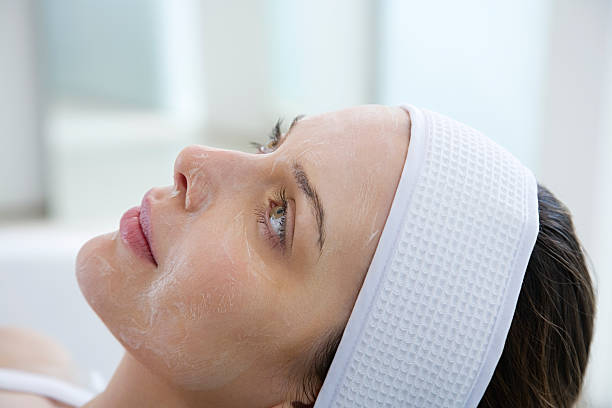
Why Glycolic Acid? What Makes It So Popular?
Among the many types of chemical peels—lactic acid, salicylic acid, mandelic acid—glycolic acid stands out because of its small molecular size. That means it penetrates the skin more deeply and works more effectively.
And because it’s derived from sugarcane, it’s gentle enough for most skin types but powerful enough to show visible results—even after just one session. No wonder dermatologists, aestheticians, and skincare lovers swear by it.
How Does It Work on Your Skin?
Here’s what happens when you get a glycolic acid peel:
- Application – A controlled concentration of glycolic acid is applied to the face (typically between 20% to 70% depending on your skin needs and tolerance).
- Penetration – The acid begins breaking the “glue” that holds dead skin cells together. It also triggers your skin to produce more collagen—that magic protein responsible for bounce and firmness.
- Peeling Phase – You might experience mild flaking or shedding over the next few days. Don’t worry—it’s not scary or snake-like. Think of it like shedding dry skin after a sunburn, but more controlled.
- Glow Mode Activated – Within a few days to a week, you’ll likely notice smoother texture, improved tone, and that enviable “lit-from-within” glow.
Who Should Consider a Glycolic Acid Peel?
Almost anyone can benefit, but it’s especially great if:
- You have dull, tired-looking skin
- You’re battling acne or post-acne marks
- Your skin tone is uneven or blotchy
- You have fine lines you want to soften
- You want a non-invasive way to refresh your complexion
That said, it’s always wise to do a patch test or consult with a licensed skin expert before diving in—especially if you have sensitive skin or existing conditions like rosacea.
Is It Safe? Does It Hurt? Let’s Be Honest.
The idea of putting “acid” on your face might sound terrifying, but here’s the truth: a glycolic acid peel is actually one of the milder chemical peels out there. Most people describe the feeling as a slight tingling or stinging, which usually subsides within minutes.
Some redness and flaking are normal, but they’re temporary. The key is post-peel care—no picking, no over-exfoliating, and definitely no skipping sunscreen.
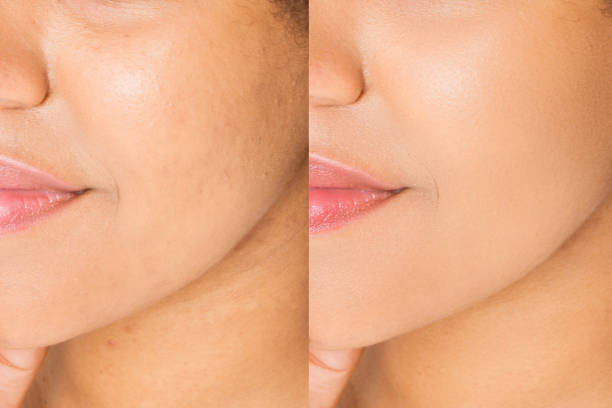
In-Clinic vs. At-Home: What’s the Difference?
You’ve probably seen glycolic acid serums or peel kits on beauty shelves and wondered: Can I just do this at home?
Yes—but with caution.
- At-home glycolic peels are usually around 5% to 15% strength. They’re safe for weekly use, and they offer gradual improvement.
- In-clinic glycolic peels, done by dermatologists or aestheticians, use stronger concentrations—up to 70%—and provide faster, more dramatic results.
If you’re new to chemical peels or have serious skin concerns, your best bet is to start under professional supervision.
What Results Can You Expect—and When?
Don’t expect an overnight miracle, but many people notice a difference after just one professional peel:
- Day 1–2: Skin may feel tight or look a little pink
- Day 3–4: Minor flaking or peeling begins
- Day 5–7: Smoother, brighter skin starts to emerge
- By week 2: Skin tone appears more even, fine lines look softer, and your glow is undeniable
For long-term improvements (like acne scars or deep pigmentation), a series of 4–6 peels spaced 2–4 weeks apart is usually recommended.
Glycolic Acid Peel vs. Other Treatments
You might be wondering—how does this compare to other skin treatments?
| Treatment | Good For | Downtime | Notes |
| Glycolic Peel | Dullness, mild pigmentation, acne | 1–5 days | Affordable, non-invasive |
| Microneedling | Scars, wrinkles, texture | 3–7 days | More intense, deeper collagen boost |
| Laser Treatments | Deep pigmentation, wrinkles | 7–14 days | Costly, but dramatic results |
| Hydrafacial | Dehydrated, congested skin | None | Gentle, hydrating, great combo |
Glycolic peels are cost-effective, great for maintenance, and can be easily combined with other treatments for better results.
Top Tips Before and After Your Peel
Pre-Peel:
- Avoid retinols and exfoliants 3–5 days prior
- Don’t shave or wax the treatment area
- Inform your provider if you’re pregnant, breastfeeding, or on acne medication
Post-Peel:
- Use a gentle cleanser and moisturizer
- Apply broad-spectrum SPF religiously
- Skip saunas, workouts, and active products for at least 48 hours
- Don’t pick or scrub peeling skin—let it flake naturally
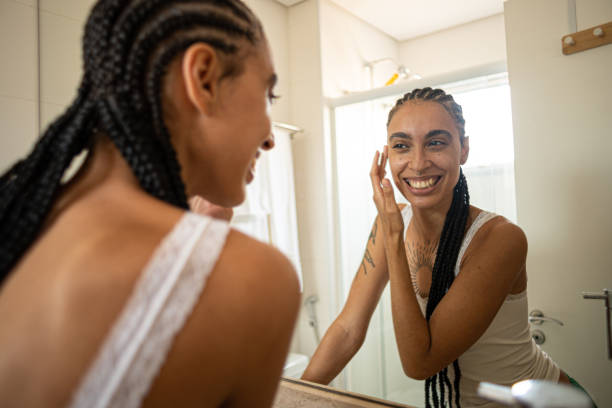
Is a Glycolic Acid Chemical Peel Worth It?
If you’re looking for a no-nonsense treatment that delivers real results with minimal downtime, the glycolic acid chemical peel might just be your skin’s new best friend.
It’s safe, effective, and customizable—perfect for both beginners and skincare veterans alike. Whether you’re dealing with acne scars, uneven tone, or just want your glow back, glycolic acid peels are a solid place to start.
